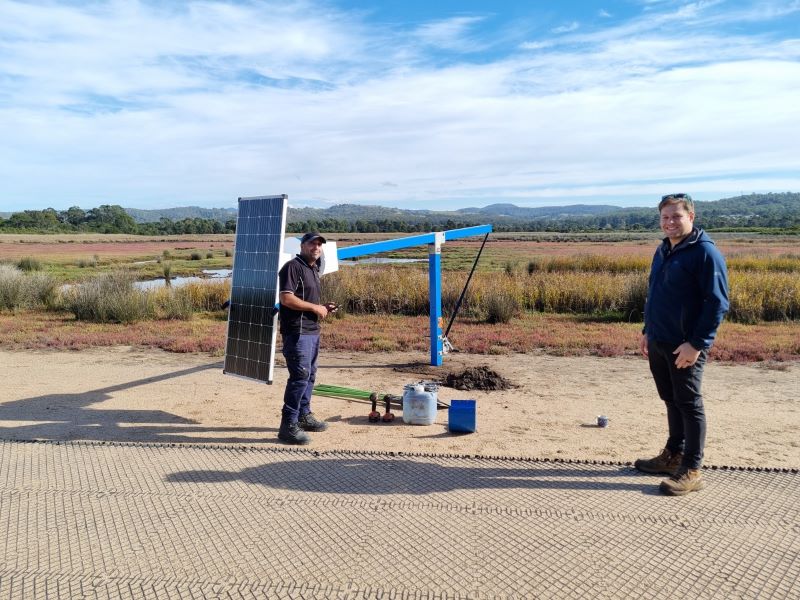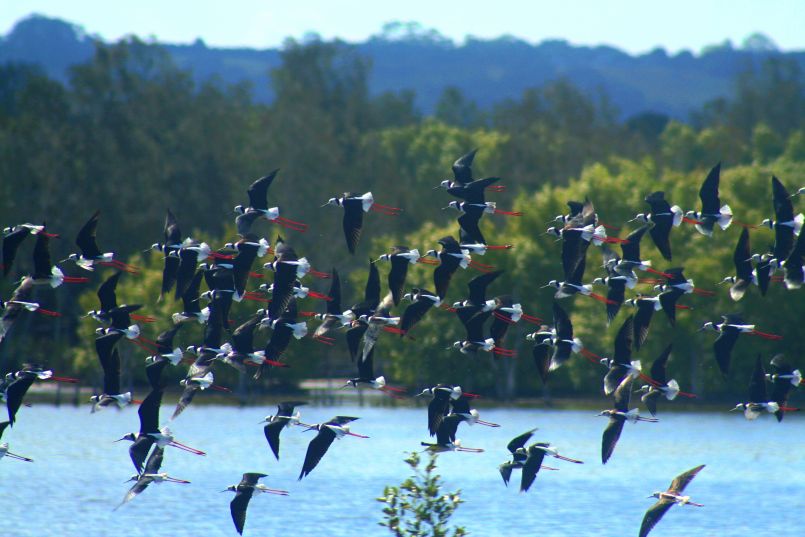Project updates
Restoring natural water levels to Tomago Wetlands
12 June 2020
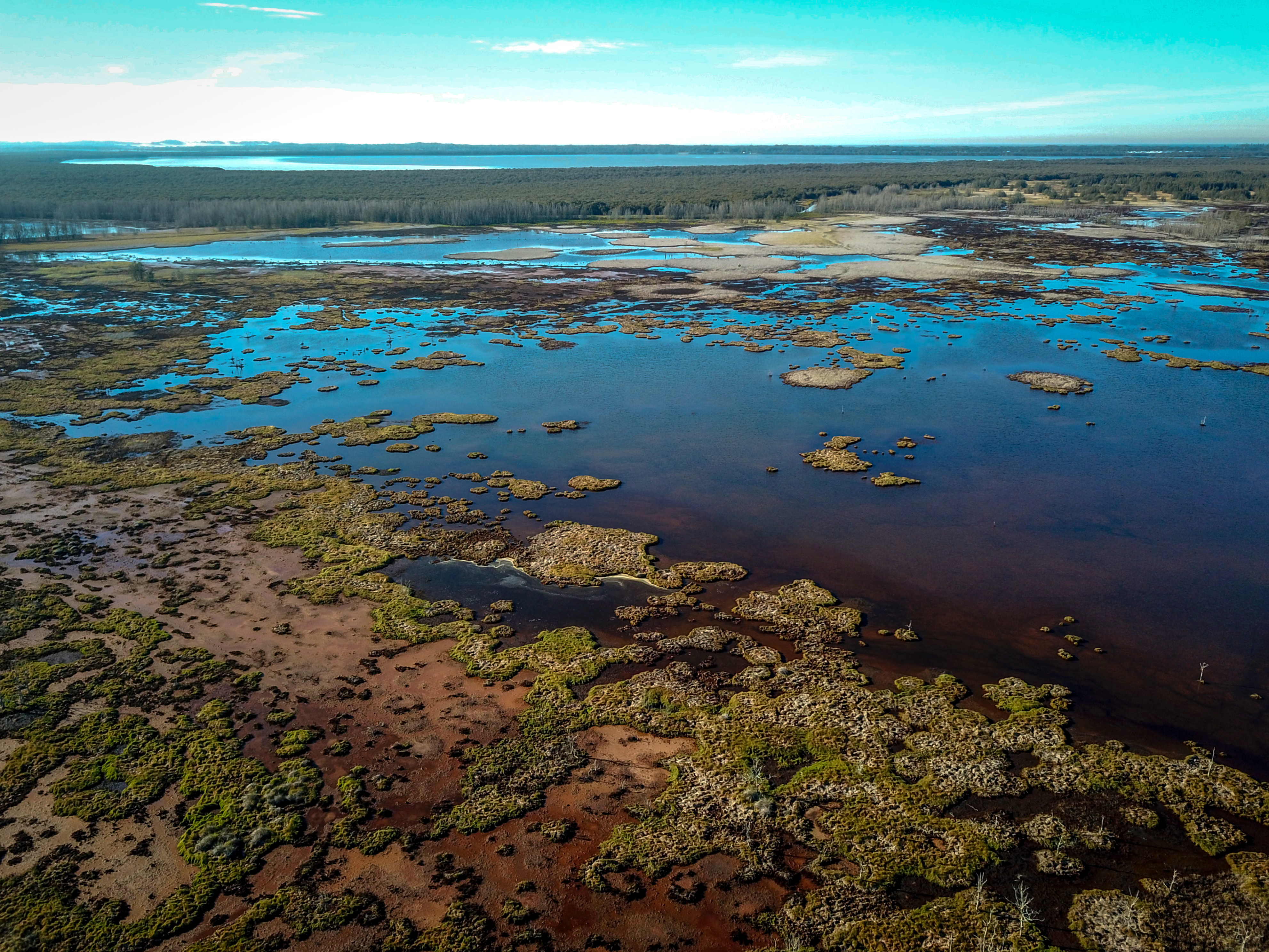
Turning the tide on acid runoff
20 April 2023
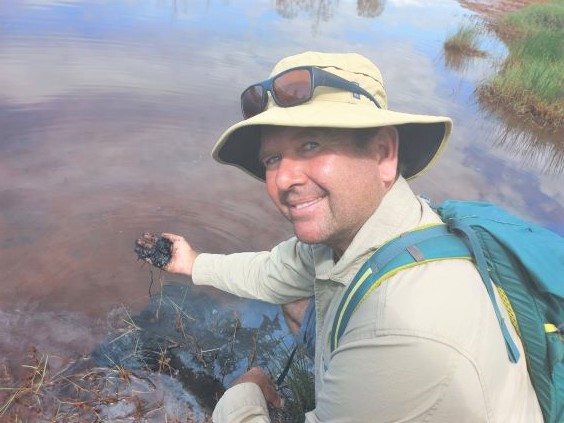
Searching for fish – CSI style
22 May 2024
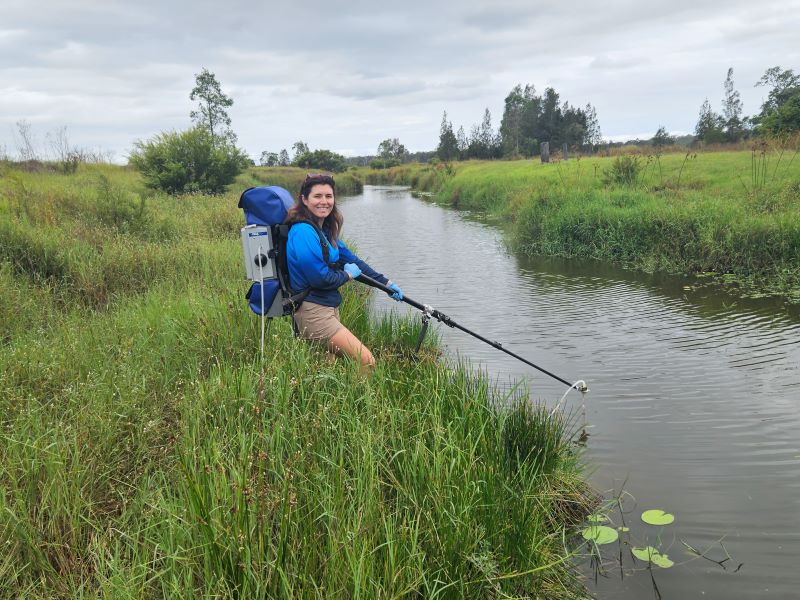
Watching water levels in the Crookhaven River
14 February 2022
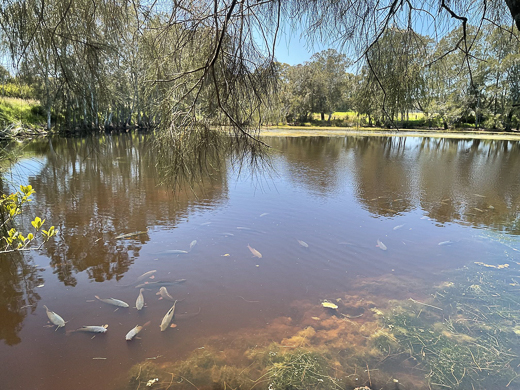
Turning the tide at Panboola wetlands
19 June 2024
